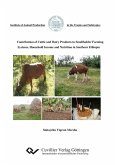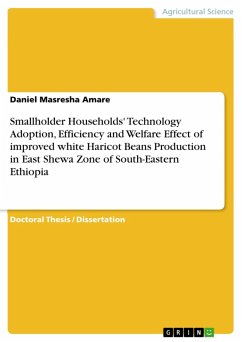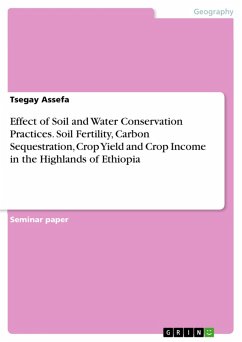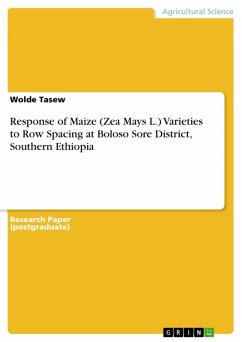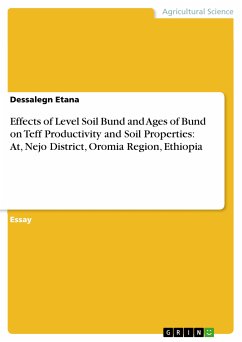Thesis (M.A.) from the year 2023 in the subject Agrarian Studies, grade: 3.73, Hawassa University (Colloge of business and economics), course: Community development, language: English, abstract: The study was carried out in Boricha woreda in Sidama region, Ethiopia, with the objectives of identifying the effect of agricultural technology on livelihood improvement and to analyse the effect of agricultural technology on farmer's livelihood improvement in Boricha woreda. The study had the following specific objectives: to identify the types of agricultural technology adopted by the farmers, to examine the livelihood status of the farmer improvement, and to analyse the effect of agricultural technology on livelihood improvement. Central research questions are: What are the types of agricultural technologies adopted by farmers? What is the livelihood status of the farmers? What are the sources of livelihood for the farmers? Boricha was characterized by high incidence of poverty, low rural incomes, low agricultural productivity, and food insecurity. A total of 150 households from agricultural technology adopter farmers were selected randomly. Education levels observed from survey were 36.7% illiterate, 56% join elementary level and 7.3% up to high school level. Family size of the respondents were less than 4 people were 5.3% and 4-6 person were 72.7% and above 6 people were 22%. Land size of the respondents, 26% were in 0.25-0.5 hectare owner and 74% were in more than 0.5 hectare owner.
Dieser Download kann aus rechtlichen Gründen nur mit Rechnungsadresse in A, B, BG, CY, CZ, D, DK, EW, E, FIN, F, GR, HR, H, IRL, I, LT, L, LR, M, NL, PL, P, R, S, SLO, SK ausgeliefert werden.



